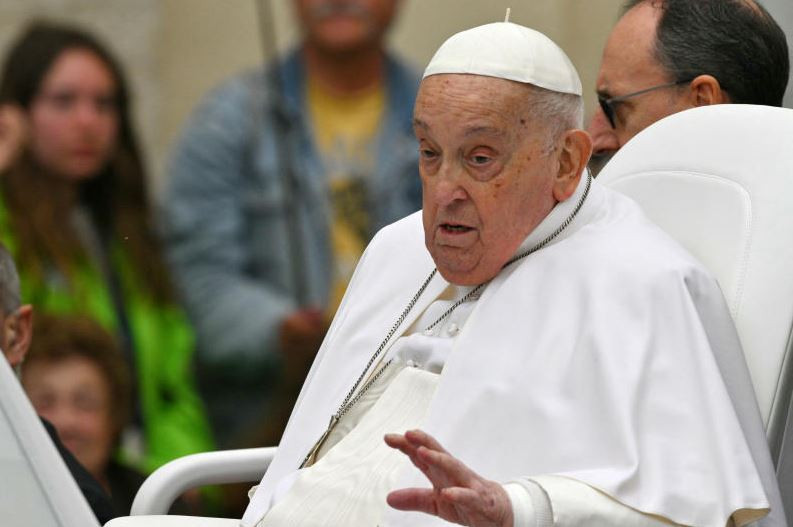The Government has applied to renew its membership of the international organisation of major sisal producers and exporters, the Inter Governmental Group on Hard Fibres after more than a decade. The Agriculture, Fisheries and Food Authority Sisal Inspectorate move seeks to reverse its predecessor, the Kenya Sisal Board’s decision to quit the global body.
According to the Fibre Crops Directorate’s Interim Head Anthony Mureithi, the country early this month formally requested to rejoin the Inter Governmental Group on Hard Fibres which comprises countries such as Brazil, Tanzania, China and Madagascar, among other producers.
Mureithi said the move seeks to consolidate the country’s position as a major global player, also ranked the third largest producer of sisal fibre in the world after Brazil and Tanzania.
“When you are in the international arena, you get to access top players in the industry that will then identify the gaps in the local market and find opportunities to invest,” he said.
“We shall then be able to access information and to synergise with other producers and learn from what they are doing... and we hope to attract funding and capacity building,” added Mureithi.
International practices
Speaking after a tour of the Coast region, Mureithi said locally produced sisal fibre is one of the best in the world, but added that the industry needs to adhere to the best international practices, benchmarks, quality assurances and benefit from technology sharing.
More than 85 per cent of the sisal fibre produced locally is exported to Saudi Arabia, China, Morocco, Nigeria, Spain and the Philippines. By end of 2013, exports from Kenya had reached more than 25,000 tonnes, valued at Sh2.8 billion while earnings from export sales of sisal products such as kiondos, mats, twines, ropes, dart boards and other handcrafts mainly to the US, Germany and Japan reached about Sh60 million in the same period.
Kenya is the only producer of dart boards in the world. With more than 85 per cent of the country falling under Arid and Semi-Arid Lands, the potential to expand the sisal crop, which is easily managed and drought resistant, is immense. With emerging uses of sisal products in construction, motor industry, paper manufacturing, décor and medical applications, the market potential is huge.
Mureithi indicated the move is a step towards realising the dream.
“While our focus is on supporting small-scale farmers on capacity building and diversification of products, we require the right technologies to make that a success,” he pointed.
The Sisal Inspectorate now seeks to commence research by introducing high-yielding varieties. The current varieties have degenerated over time.
“Genetic degeneration has been detected where varieties which had a production cycle of 15 years have now reduced to five years or less,” said Mureithi.
 The Standard Group Plc is a
multi-media organization with investments in media platforms spanning newspaper
print operations, television, radio broadcasting, digital and online services. The
Standard Group is recognized as a leading multi-media house in Kenya with a key
influence in matters of national and international interest.
The Standard Group Plc is a
multi-media organization with investments in media platforms spanning newspaper
print operations, television, radio broadcasting, digital and online services. The
Standard Group is recognized as a leading multi-media house in Kenya with a key
influence in matters of national and international interest.
 The Standard Group Plc is a
multi-media organization with investments in media platforms spanning newspaper
print operations, television, radio broadcasting, digital and online services. The
Standard Group is recognized as a leading multi-media house in Kenya with a key
influence in matters of national and international interest.
The Standard Group Plc is a
multi-media organization with investments in media platforms spanning newspaper
print operations, television, radio broadcasting, digital and online services. The
Standard Group is recognized as a leading multi-media house in Kenya with a key
influence in matters of national and international interest.





